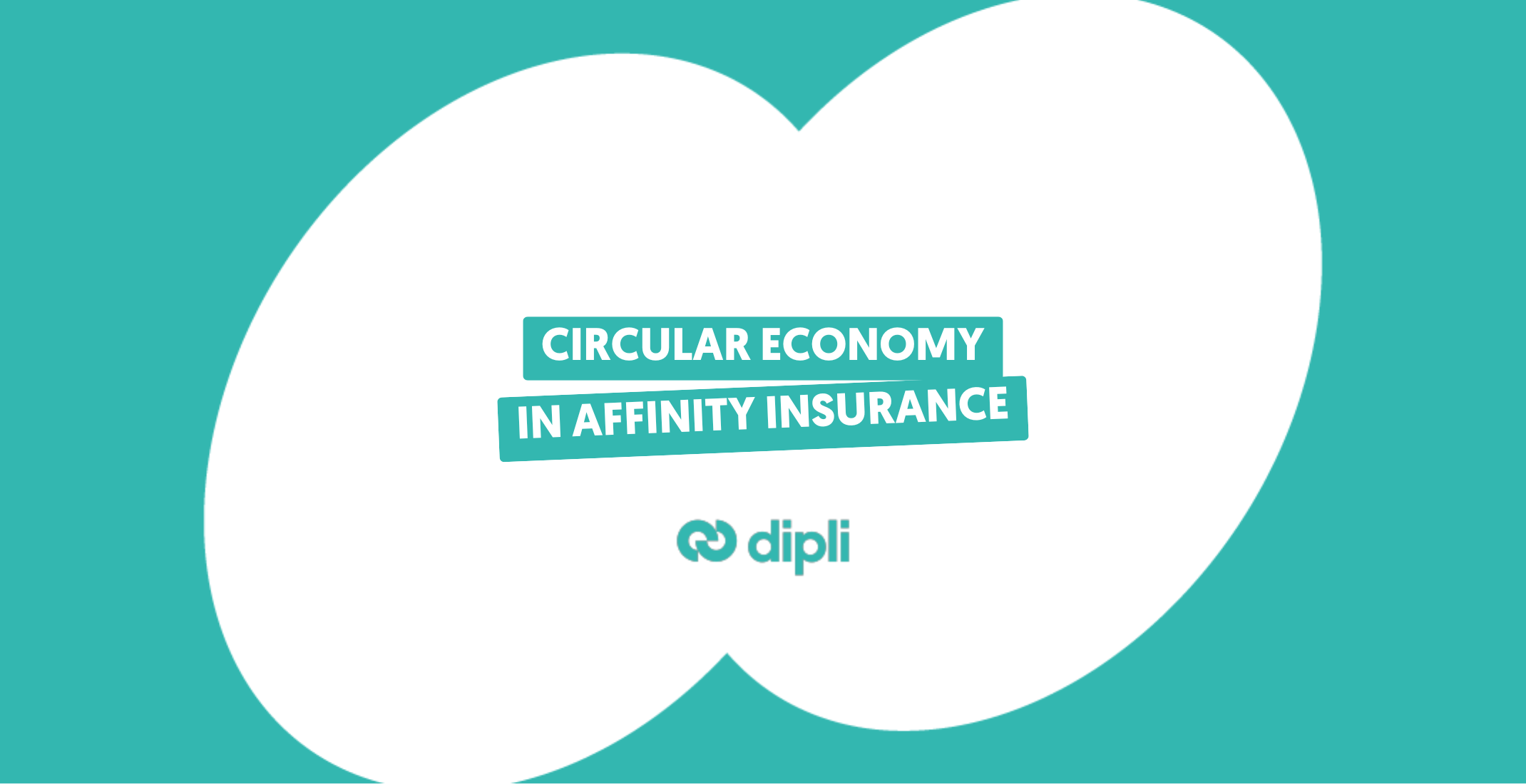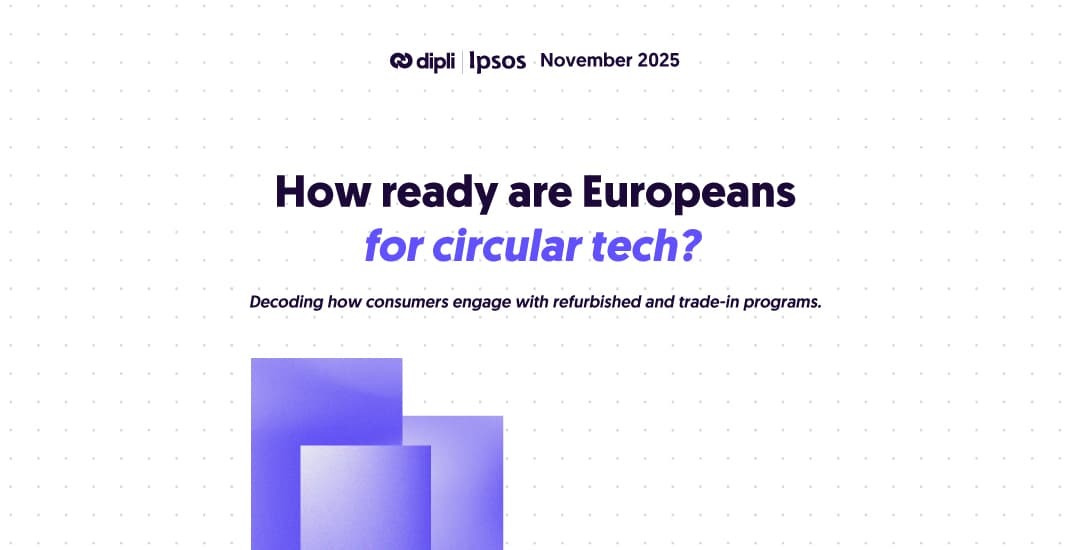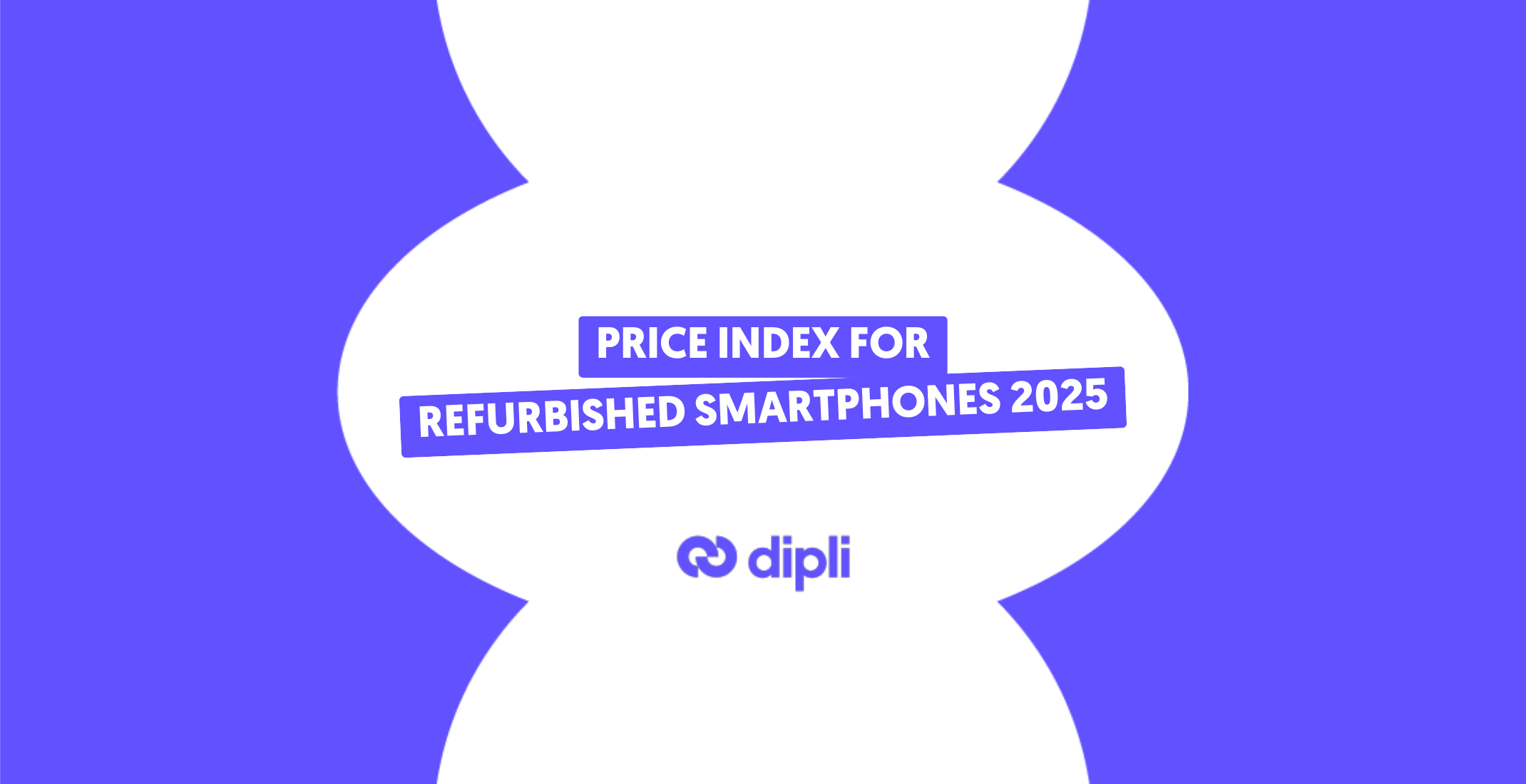The impact of the circular economy on electronic device affinity insurance
25/08/2025
0 comments

As the electronic device market faces rising costs, sustainability demands, and shifting customer expectations, the circular economy is becoming a key driver of innovation in affinity insurance.
This article explores how affinity insurers are integrating refurbished devices into their offerings to reduce costs, streamline claims processes, and meet environmental and regulatory goals.
How is the circular economy reinventing affinity insurance?
1. What is the circular economy and why does it matter for insurers?
- Definition of the circular economy:
The circular economy is a model that aims to eliminate waste and promote the continuous use of resources. In the context of consumer electronics, it involves extending the life of devices through repair, reuse, and refurbishment.
- Integration of the circular economy into insurance:
For affinity insurers, understanding this shift is crucial, as affinity insurance aims to protect buyers against risks associated with purchasing electronic devices, such as breakage, theft, or malfunction. When these insurance policies incorporate circular economy practices, they promote the repair of the product or its replacement with a refurbished device. By integrating refurbished products into claims fulfillment, insurers can unlock lots of benefits.
2. What are the key benefits of embracing circular economy models in device insurance?
For affinity insurers, adopting circular economy principles unlocks major advantages. In fact, it provides excellent opportunities:
- Replacing lost or damaged smartphones with refurbished equivalents significantly reduces claim costs (click here to learn more).
- Improving customer satisfaction by shortening processing times, which in turn strengthens brand loyalty (click here to learn more).
- Gaining a competitive edge, as the performance of an affinity insurance lies in its ability to to efficiently and reliably provide high-quality refurbished products.
- Promoting sustainability and environmental responsibility within the tech sector.
By integrating these practices, affinity insurers not only ensure compliance with emerging regulations, but also capitalize on the economic, environmental, and social benefits of a circular approach to electronic device lifecycle management. Collaborations with experts like Dipli make this transition seamless, adding traceability, quality assurance, and a reliable supply chain.

How are circular economy practices implemented in electronic device insurance?
1. How are refurbished products integrated into insurance offerings?
As the benefits of refurbished products become increasingly clear, many affinity insurers are adopting a replacement strategy centered on refurbished devices. This integration can take different forms, depending on the insurer’s positioning:
- Standard option: refurbished products are automatically offered as the default replacement option in electronic device insurance policies.
- Alternative option: customers can choose between a new or a refurbished device, with the refurbished option promoted for its economic and environmental advantages.
The logistics behind product replacement can also vary:
- Direct partnerships with refurbishers to source devices and manage stock flows.
- Partnership with Dipli whose unified platform ensures fast replacements, inventory traceability, and access to a wide catalog of certified refurbished products.
2. How to manage risk and sustainability in circular insurance programs?
Implementing circular economy practices in electronic device insurance requires careful balancing of performance, risk, and environmental impact. Here’s how affinity insurers can get it right, as it involves several key aspects:
- Partnering with certified and reputable providers:
- Providing responsive after-sales support:
- Implementing simple and efficient return procedures:
- Educating policyholders on refurbished product value:
Clearly communicate the durability, safety, and environmental benefits of refurbished products. Reinforcing customer confidence is key to driving adoption of refurbished device options.
- Tracking and analyzing product performance data:
Monitoring data on refurbished devices helps you identify and manage potential risks, allowing for strategy adjustments as needed.

What are the benefits of the circular economy for affinity insurers and their customers?
1. Cutting costs and improving customer satisfaction with refurbished replacements
Adopting circular economy models allows affinity insurers to generate substantial savings across multiple dimensions:
- Lower claims management costs: by partnering with trusted refurbishment specialists, insurers accelerate replacement logistics and reduce the volume of claims refund.
- Reduced replacement costs: refurbished devices are significantly more affordable than new ones, without compromising on quality.
- Minimized operational and waste management expenses: efficient reuse models decrease disposal needs and streamline reverse logistics.
- Access to incentives and subsidies: public and international programs increasingly support circular practices, offering financial advantages for compliant insurers.
On the customer side, satisfaction rises as circular insurance models improve the claims experience:
- Faster device replacements, reducing customer downtime and frustration.
- Device-for-device exchange instead of refunds, offering a more tangible and satisfying resolution.
- Refurbished quality that rivals new, especially when products come from certified, traceable sources.
2. Driving sustainability and brand value through circularity
Circular economy practices contribute directly to environmental protection and reinforce the insurer’s reputation:
- Reduction of electronic waste (e-waste) through reuse and responsible refurbishment.
- Extended product lifecycle, reducing the need for new device manufacturing.
- Conservation of natural resources, including rare earth elements and metals.
- Appeal to eco-conscious consumers, who prefer sustainable brands and services.
- Enhanced brand image, positioning the affinity insurer as a responsible, future-forward actor.
- Lower greenhouse gas emissions (GHG) by limiting the environmental footprint associated with production and disposal.

What are the best practices and case studies of circular insurance in action?
1. Leading insurers embracing circular economy models
To source or manage their replacement stock more efficiently, many affinity insurers are now integrating circular economy principles into their operational workflows. Well-known players like Axa, Insurama, Assurant, and SPB have partnered with Dipli to gain access to a reliable supply of high-quality refurbished electronics.
These insurers leverage Dipli’s unified platform to:
- Secure a continuous flow of refurbished smartphones and electronic devices,
- Benefit from traceability and diagnostics standards that meet industry quality benchmarks,
- Streamline claims replacement with minimal environmental impact.
💡 This adoption reflects a broader industry shift where circularity becomes a core part of sustainable claims management and ESG strategy.
Recommendations to streamline insurance replacement practices
Dipli enables affinity insurers to optimize their replacement through:
- API and web-based interfaces that integrate seamlessly with existing claims platforms,
- A vast product catalog offering high availability and coverage across multiple device models,
- Device equivalence options, helping match original devices with alternatives based on brand, model and condition,
- Unified billing systems, simplifying accounting processes and making large-scale replacement programs more manageable.
These tools ensure a fast, secure, and traceable refurbishment supply chain, delivering cost efficiency, environmental value, and a premium policyholder experience.
Are you an affinity insurer looking to strengthen your refurbished replacement offer?
Dipli simplifies the second life of electronic products.
An all-in-one tool for distributors, leasing companies, telecom operators and companies to manage the entire value chain in one place.
The platform connects the electronics industry to secondary markets; simply and securely. Trade-in and return management, refurbishment, omni-channel purchasing and distribution: Dipli covers and simplifies all stages of the circular economy.





Comments (0)